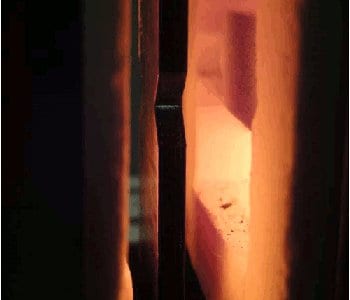 The interest in fatigue assessment of steel and other alloys at high temperature has increased continuously in recent years. Nowadays it is a very challenging topic, with enormous effects on different industrial sectors. Moreover, the available tools to assess high temperature fatigue when dealing with complex shaped real components are not effective and easy to apply. This is mainly due to the fact that high cycle fatigue of notched components at high temperatures has not been deeply investigated experimentally and theoretically.
The interest in fatigue assessment of steel and other alloys at high temperature has increased continuously in recent years. Nowadays it is a very challenging topic, with enormous effects on different industrial sectors. Moreover, the available tools to assess high temperature fatigue when dealing with complex shaped real components are not effective and easy to apply. This is mainly due to the fact that high cycle fatigue of notched components at high temperatures has not been deeply investigated experimentally and theoretically.
Considering room temperature fatigue, authors in the last decades strongly contributed to the development and improvement of the Strain Energy Density averaged over a control volume method. They strongly believe, on the basis of experimental and theoretical considerations, that the approach can be easily applied at high temperatures with several noticeable advantages.
For these reasons, the present work investigates the accuracy of the Strain Energy Density (SED) averaged over a control volume approach when applied to high temperature fatigue data from notched components. In the present work a large bulk of high temperature fatigue data, taken from the literature and regarding notched components made of different advanced materials, is re-analysed with the SED approach. In detail: C45 carbon steel at 250°C, Inconel 718 at 500°C and directionally solidified superalloy DZ125 at 850°C are considered. This validation proved that the proposed approach can be a reliable design method in practical applications when dealing with high temperatures.
The main advantage of SED averaged over a control volume is that different geometries can be summarised in a single narrow scatter band. From an industrial viewpoint, where different components are continuously redesigned, the use of a geometry independent parameter (and fatigue curve) leads to a considerable advantage in terms of time and cost. Moreover, thanks to its mesh-independence, it can be easily evaluated for complex geometries through Finite Element Analysis employing a very coarse mesh, without any effect on the final results.

















